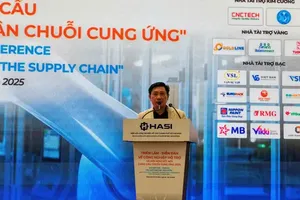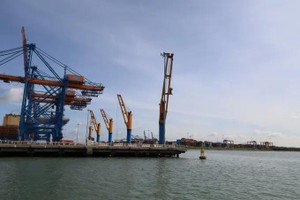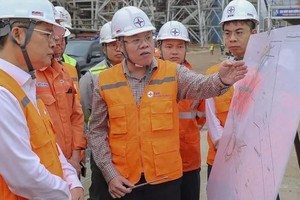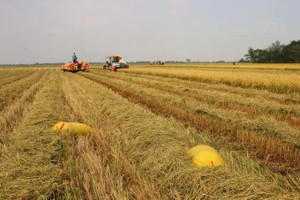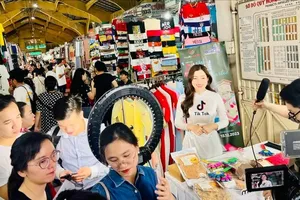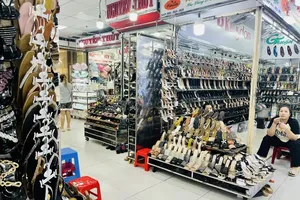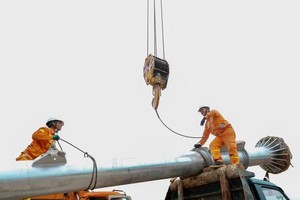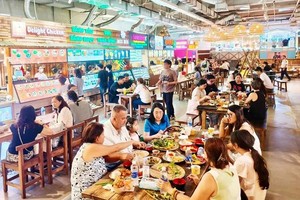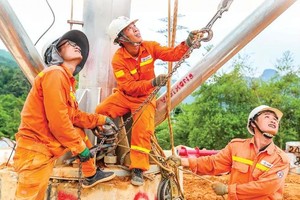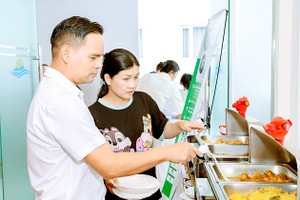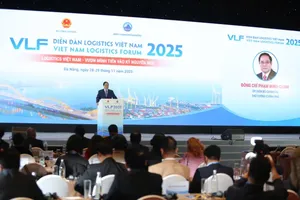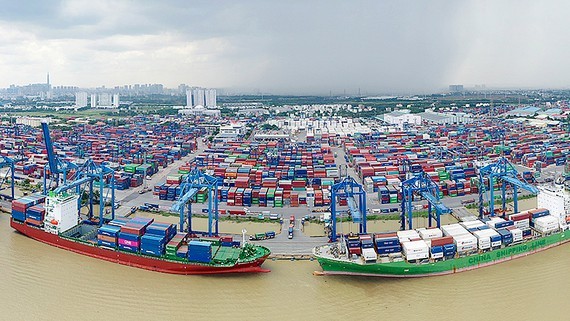
General Secretary of Vietnam Leather, Footwear and Handbag Association (LEFASO) Phan Thi Thanh Xuan voiced that the time to apply the new fee is not appropriate yet.
She reasoned from June 11, 2021 to the end of September 2021, most enterprises in HCMC had to temporarily close due to the Covid-19 pandemic; yet they had to pay for employees’ salary, bank loan interest, inventory storage fee. In the last two months of 2021, most of them only worked at 30-70 percent of their full capacity owing to human resources and material shortages. Since the beginning of 2022, businesses have been on their way to recover, but they have had to endure fee or price increases of sea transport, fuel, raw materials.
Therefore, the adjusted seaport fee only serves to rise the financial burden enterprises are bearing right now, leading to possible competitiveness reduction, and unsuccessful economic recovery in the long term.
General Secretary of Vietnam Association of Seafood Exporters and Producers (VASEP) Truong Dinh Hoe warned about the risk of newly arisen administrative procedures. He explained that the division into three forms of fee collection, along with unfair and inappropriate rates, is going to create more administrative burdens and longer time to finish these procedures.
In reality, shipments of import-export goods with customs declaration outside HCMC bear the fee twice as high as that of goods declared inside HCMC. This will result in the significant shift of customs declarations from provinces to HCMC, which means a larger number of declarations submitted to HCMC Customs and obviously the overloading status. Congestions and delay in customs clearance might therefore happen.
Moreover, the rates applied to goods stored in bonded warehouses, temporarily imported for re-export, transited and transshipped are too high compared to those of import-export merchandise.
General Director of KCTC Vietnam Co. Ltd. Park Hyun Bae suggested the consideration of competitiveness factors of seaports.
Cat Lai Port opened in 2007 and has been the largest in HCMC. It has to compete with others in the region. When the new rate is applied on April 1, the port’s competitiveness severely drops. In addition to that, although the goods flow increases by 30 percent, its seaport infrastructure is still quite outdated, leading to serious congestions. The logistics fees in Vietnam are also high compared to other countries.
These factors have reduced the competitiveness of domestic manufacturers and traders. Hence, the adjusted seaport rates obviously place more financial burden onto enterprises, which are already exhausted from the recent outbreak of the pandemic.
From another perspective, HCMC should take into account solutions for sustainable development of marine economy. A focused investment in only Cat Lai Port is not sufficient, but neighboring areas like Hiep Phuoc Port, transshipment ports in Can Gio District should be equally invested.
The adjusted seaport fees are as follows:
-Goods temporarily imported for re-export later, or stored in bonded warehouses, or in transship / transit: VND2.2 million per 20-foot container of dried goods (US$96.2) and VND50,000 ($2.2) per tonne of liquid goods or those not packed in container.
-Import or export goods that make customs declarations outside HCMC: VND500,000 ($21.9) per 20-foot container, and VND30,000 ($1.31) per tonne of liquid goods or those not packed in container.
- Import or export goods that make customs declarations inside HCMC: VND250,000 ($10.93) per 20-foot container, and VND15,000 ($0.66) per tonne of liquid goods or those not packed in container.



